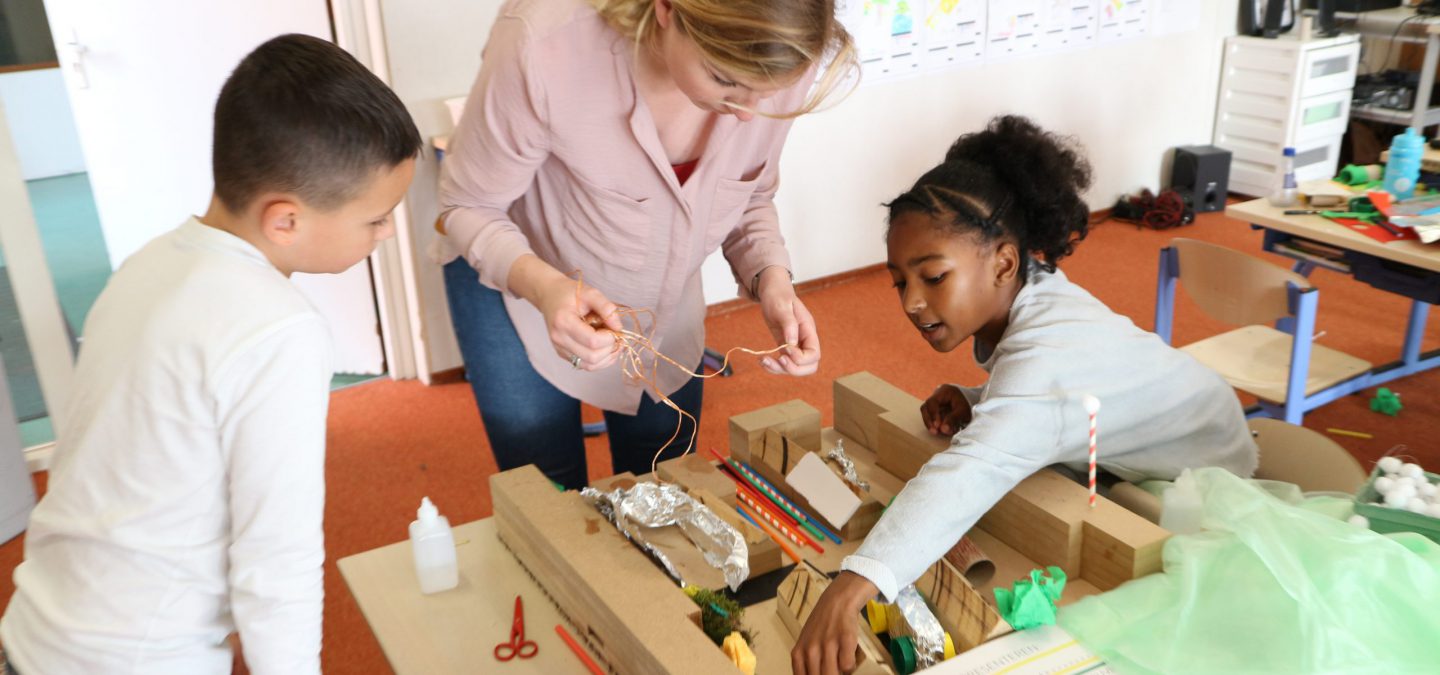
Keep up with our latest news and projects!

For the past thirty years, obesity rates have been rising around the world. In 2010 lifestyle-related diseases replaced clinically contagious diseases such as TBC and Cholera, as the biggest cause of death globally. Financial losses caused by obesity are estimated to be, globally, billions of dollars for costs of direct treatment and indirect effects such as loss of productivity and sickness absence (Smith & Cummins, 2009). New approaches should be found in order to stop this epidemic from spreading. Urban design has played a significant role in reducing contagious diseases in cities, for instance by implementing quarantine areas, sewage systems and public parks. The way urban design can address modern diseases now is different from historic methods; urban design should shift towards a more integrated and dynamic approach of public health in order to reduce diseases like obesity in cities.
Obesity is a contagious disease, not clinically, but socially. Unhealthy behaviour and social norms are passed through the social ties of a community (Christakis & Fowler, 2007). Particularly primary school children are vulnerable to this social contamination because they are still developing norms and values and use their social context to determine priorities. Within their social context children select role models. These persons set an example and spread behaviour through a community. Children choose role models such as parents or family members but also teachers, friends, social workers, celebrities or (social media) influencers. Same-sex role models have a bigger chance to pass on behaviour than role models of the other sex. If the behaviour of a role model is unhealthy, the children will show unhealthy behaviour as well (Blok et al., 2013).
Neighbourhood design – both the process and the outcomes – help children change unhealthy routines. Involving children in the design of their neighbourhood stimulates a positive attitude towards playing outside and being physically active (Jackson, 2003). Within the design, process emphasis should be on building self-confidence, positivity and changing the psychologically harmful stigma that is now surrounding obesity (Smith & Cummins, 2009). By designing their own neighbourhood children become owners, develop pride for their neighbourhood and take better care of it. They grow self-esteem and are more likely to use their neighbourhood to play and be physically active. This process helps the child to make their own healthy choices in the future and become a positive role model for others.
Children designs are not ready to be directly implemented in a neighbourhood, but function as a starting point or inspiration for final urban designs. Before implementation, the urban designer should consider the strategic placement of elements in a neighbourhood and relate ideas to the bigger scale of the city. In the ObeCity design process we work with the ObeCity model, containing 40 design interventions, proven scientifically and in practice, for healthier neighbourhoods. Depending on the context a number of interventions of the model are adjusted to the child ideas and applied in a neighbourhood. In this chapter, we highlight a couple of ground rules.
First, create active transportation opportunities: cycle lanes and pedestrian routes. These are implemented on the routes that most children walk from home to school. On these routes, motorised traffic should be limited or excluded. Cars can cross the road on a ‘crosswalk’ especially for cars – this way cars are clearly secondary users of these routes.
Using child ideas in urban design is a starting point for unusual and playful designs. This is very important in designing for modern health; it activates a community. Freud was the first to say that funny things contain potential to re-inventing the rules. It allows people to express behaviour that otherwise would have remained hidden and could potentially change unhealthy routines (Lefaivre, 2007). So, surprising temporary elements, like art by children, are openings in the conventionalism that normally dominates cities. Place this polycentrically in a neighbourhood so that they could function as different destinations.
Along the route from home to school children should be triggered to explore and play in public space. By varying in open and more enclosed spaces the route can facilitate different types of games for different age groups. The placement of jumping stones should consider children of different age groups by varying in jumping distance. Walls with holes of different sizes trigger children to climb approximately through or on the wall. Stones or walls of 1.00 m high are high enough for a four year old to hide behind, and for a 12-year-old to climb on. These walls and stones on the route are multipurpose and create variety and play opportunity.
Creating variety by, for instance, colour and texture in streets helps children to orientate and create a place where they can meet. Indications like “let’s meet in the blue street after school” are often used by children. For parents, this helps to make safety rules and eases their minds when children go out by sayings like “go no further than the orange hill”. The elements in the street create the opportunity for children to invent their own games and stimulate creativity. These are examples of interventions possible to increase health among children in neighbourhoods. In the end, playing children are catalysts for public life and will stimulate other neighbours to go outside and be active as well (Karsten & Kroese, 2004).
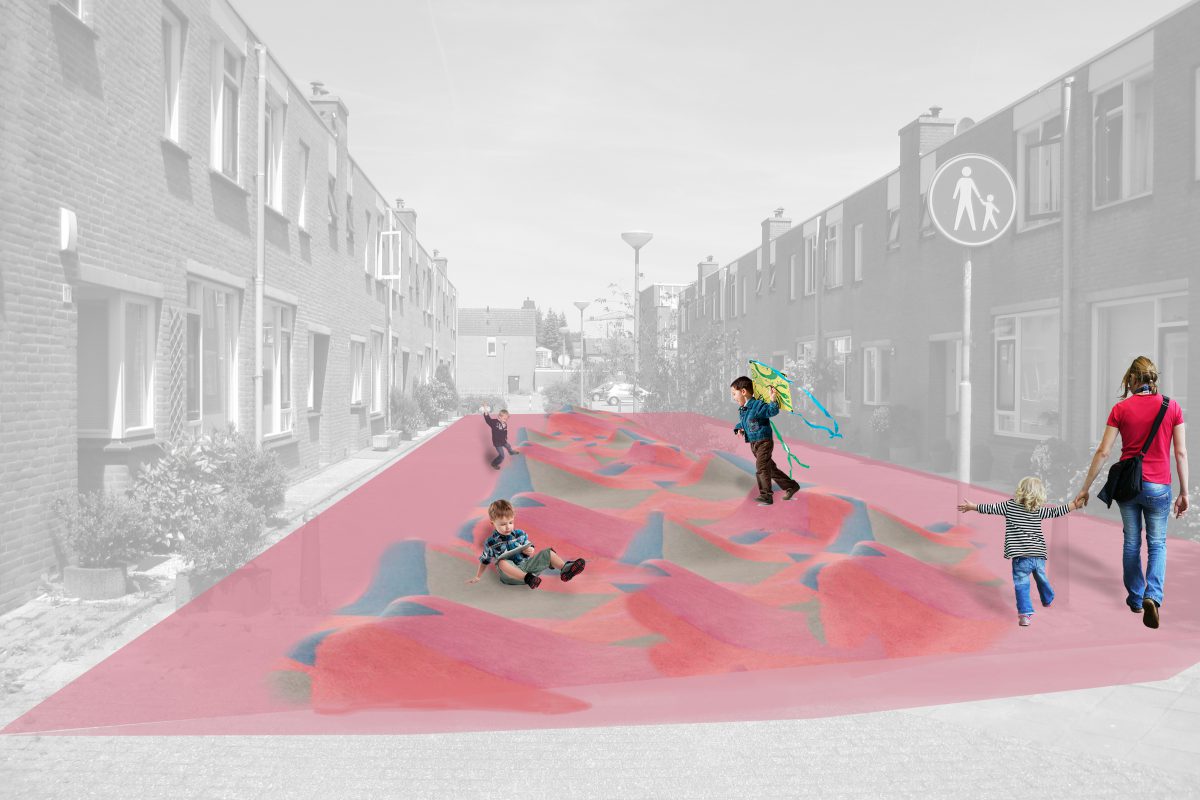
There’s not a vaccination for obesity, because there is not one cause and therefore not one cure. It is an ongoing search for solutions for specific communities in a specific timeframe and everywhere it could be different. So, in order to succeed, collaboration between different institutions is essential; from urban designers to teachers, parents, neighbours, politicians, community workers and everyone that is somehow connected to an obese neighbourhood. They all play a part in addressing the complexity of obesity and stop it from spreading. So just start! Choose a neighbourhood, start with a school and community program to uplift the spirit, design the neighbourhood together with vulnerable groups, implement design ideas while changing both the physical and social context. Find the best solutions per neighbourhood and start over when a new impulse is needed. This is how you make sure the environment does not become obesogenic but offers health and positivity from within.
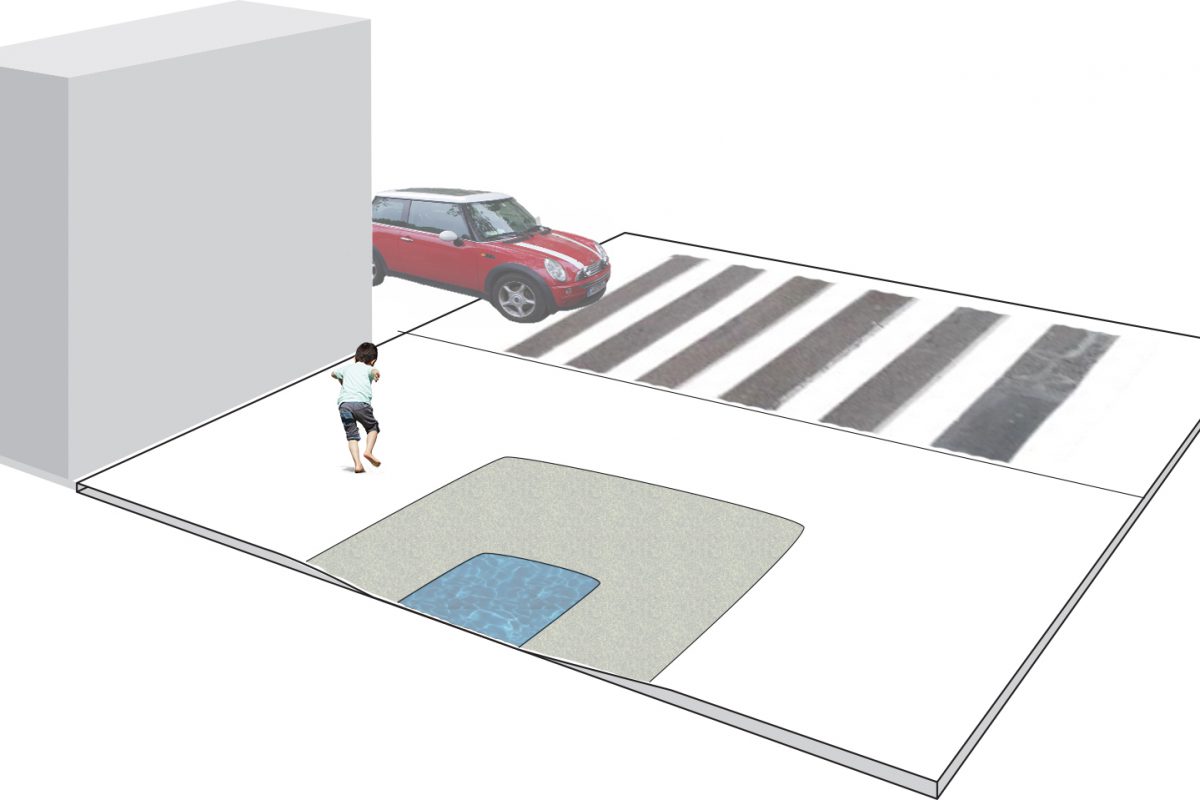
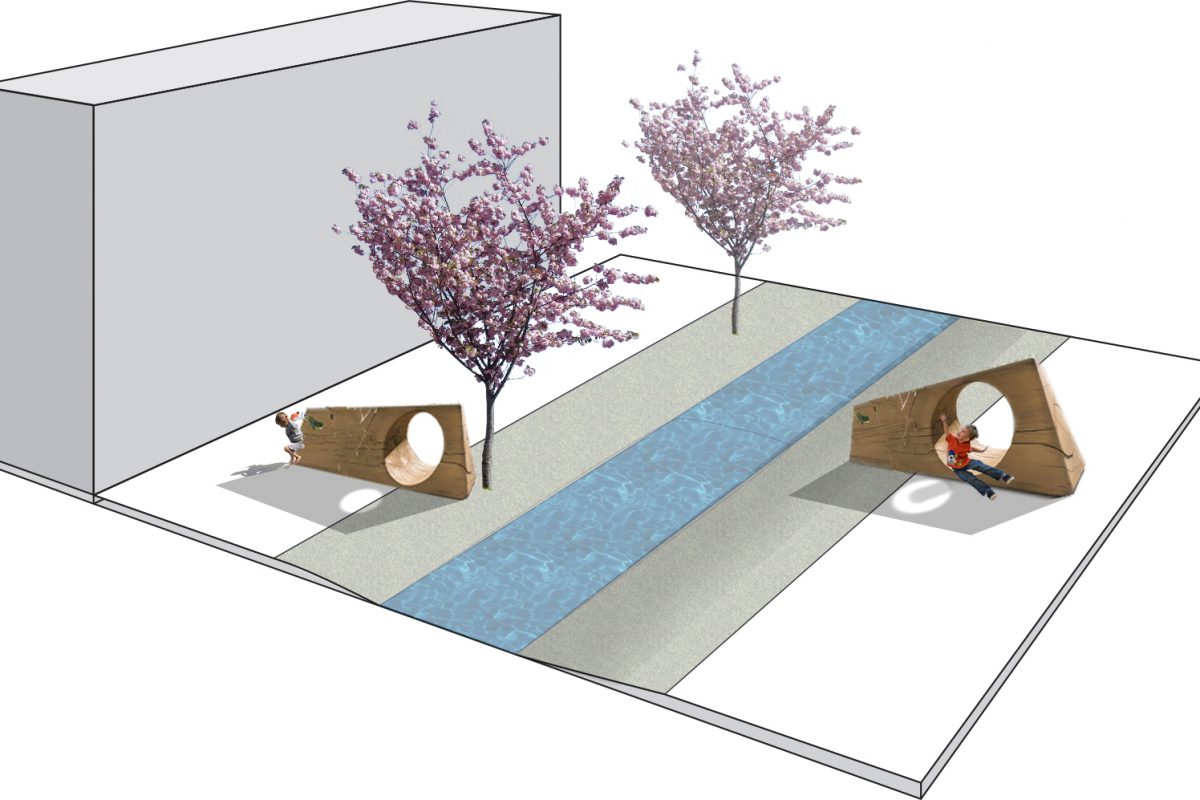
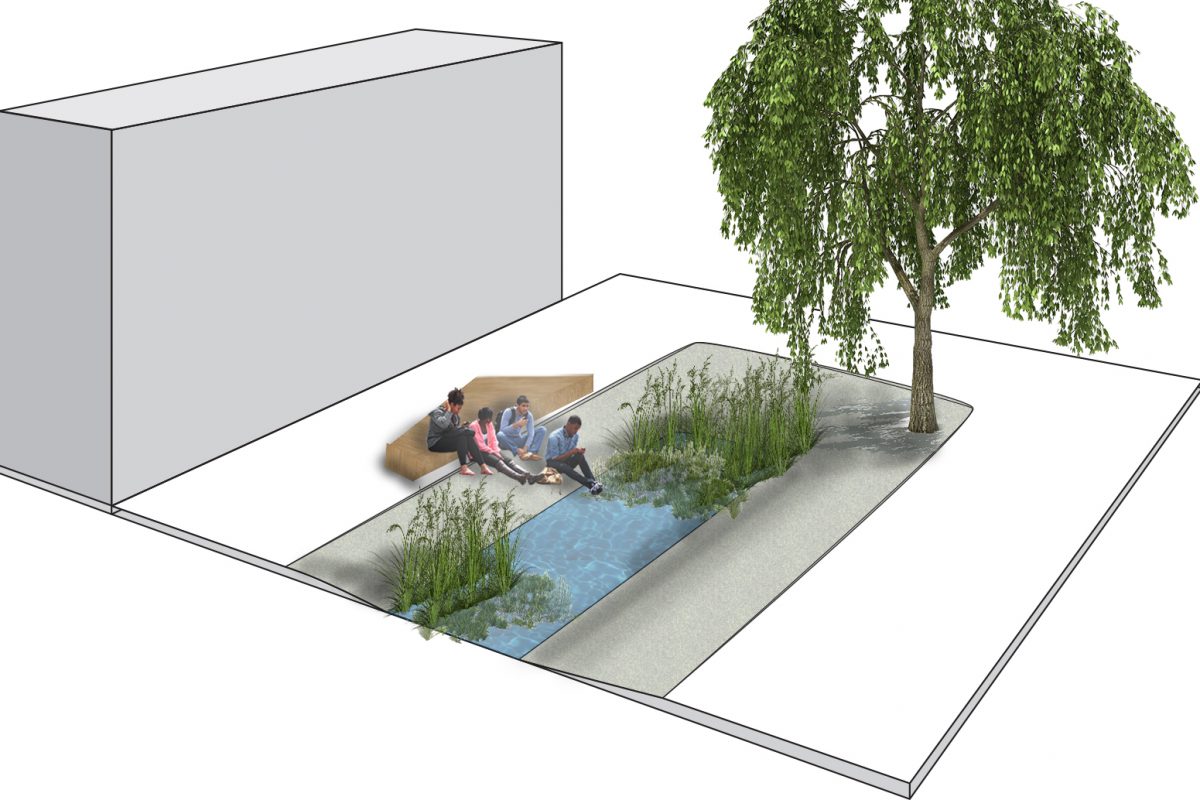
This article belongs to a series of stories about the city at eye level for kids! You can access the full book online in PDF or pre-order your hardcopy to be delivered to your home.
Get your book here